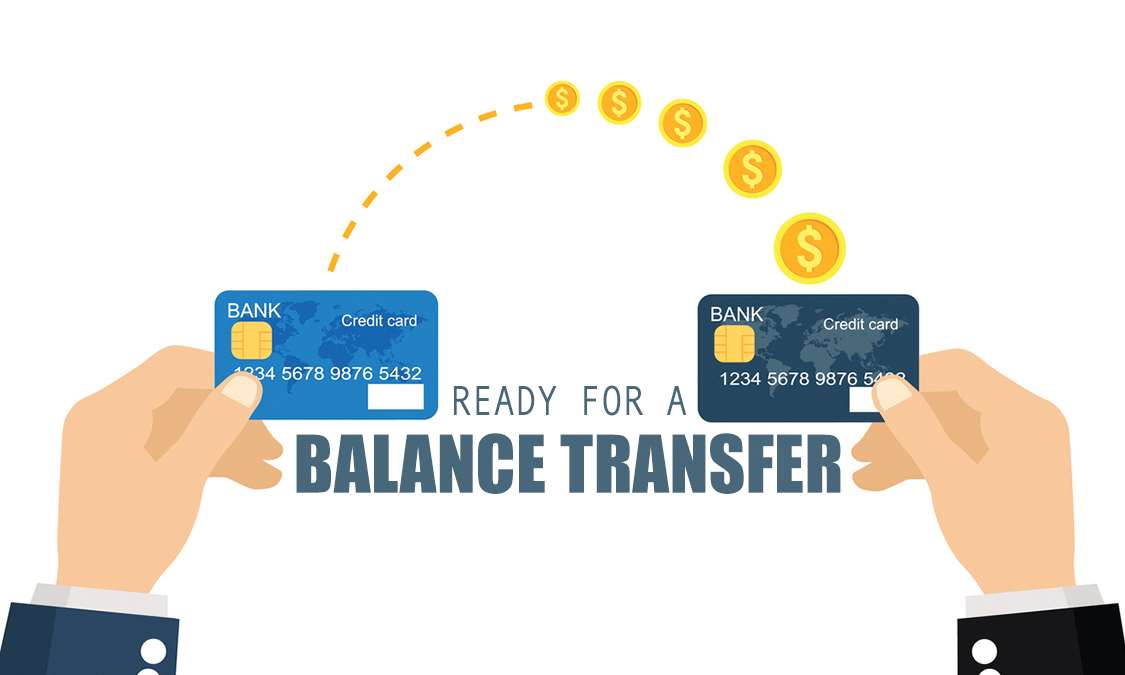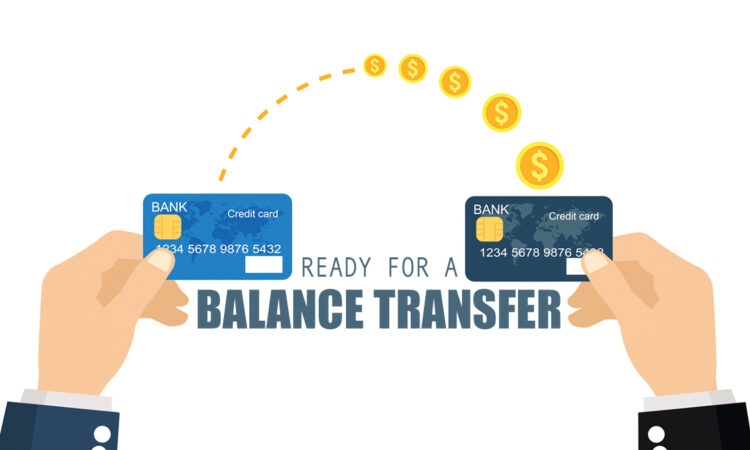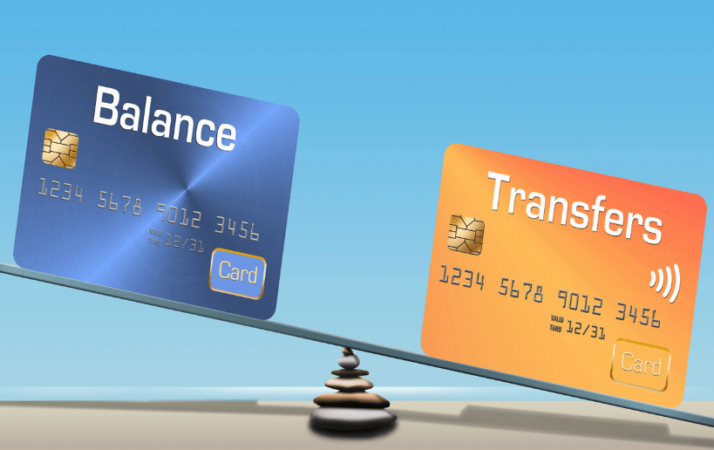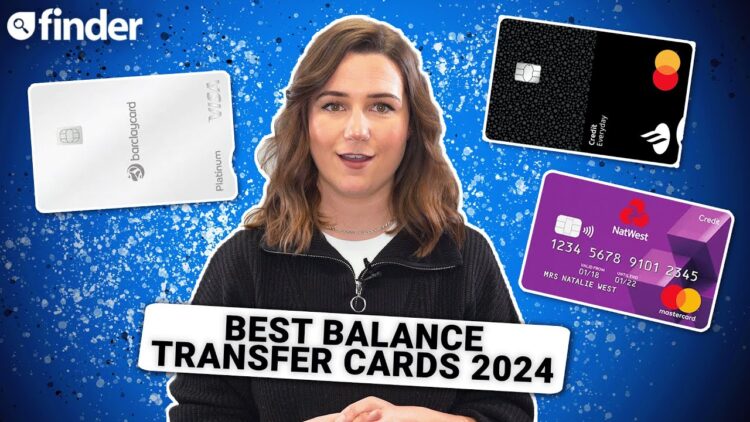
What is the best credit card for balance transfer? This question is on the minds of many individuals burdened with high-interest debt. Balance transfer credit cards offer a potential solution by allowing you to consolidate existing debt onto a new card with a lower interest rate, saving you money on interest charges. While they can be a valuable tool for managing debt, it’s essential to understand the benefits and drawbacks before jumping in.
Before diving into the specifics, let’s unpack the concept of balance transfer credit cards. These cards are designed to help consumers transfer outstanding balances from other credit cards to a new card with a lower interest rate. The primary benefit lies in the potential to save money on interest charges, particularly if you have a high-interest credit card. However, it’s crucial to be aware of the potential drawbacks, including balance transfer fees, introductory APR periods, and the possibility of getting trapped in a cycle of debt if you don’t manage the card responsibly.
Introduction to Balance Transfer Credit Cards
A balance transfer credit card allows you to move outstanding balances from one credit card to another. This can be a useful tool for saving money on interest charges and consolidating your debt.
Balance transfer credit cards offer a temporary introductory interest rate, usually 0% for a certain period. This means you can transfer your existing balances and pay them off without accruing interest for a set time.
Benefits of Balance Transfer Credit Cards
Balance transfer credit cards can offer several benefits, including:
- Lower Interest Rates: By transferring your balance to a card with a 0% introductory APR, you can save on interest charges and pay off your debt faster.
- Debt Consolidation: Balance transfer cards can help you consolidate multiple credit card balances into one, making it easier to manage your debt and track your payments.
- Improved Credit Score: Paying down your debt can improve your credit score, making it easier to get approved for loans and credit cards in the future.
Potential Drawbacks of Balance Transfer Credit Cards
While balance transfer cards can be beneficial, there are also potential drawbacks to consider:
- Balance Transfer Fees: Most balance transfer cards charge a fee, usually a percentage of the transferred balance. This fee can be significant, so it’s important to factor it into your calculations.
- Introductory Period: The 0% introductory APR is usually only for a limited time. After the introductory period, the interest rate can increase significantly, potentially negating the benefits of the balance transfer.
- Credit Limit: The credit limit on your balance transfer card may not be high enough to cover all your existing balances. This could limit your ability to consolidate your debt effectively.
Key Factors to Consider

Choosing the right balance transfer credit card requires careful consideration of several factors. The goal is to find a card that minimizes interest charges and helps you pay off your debt as quickly as possible.
Introductory APR and Duration
The introductory APR (Annual Percentage Rate) is a crucial factor to consider. This temporary rate is typically offered for a limited period, after which the standard APR kicks in.
- A lower introductory APR allows you to save on interest charges during the promotional period.
- A longer introductory period gives you more time to pay down your balance before the higher standard APR takes effect.
For example, a card offering a 0% APR for 18 months would be more attractive than one offering 0% APR for only 12 months.
Balance Transfer Fees
Balance transfer fees are charges levied when you transfer your existing debt to a new card. These fees can range from a percentage of the transferred balance to a flat fee.
- It is essential to compare balance transfer fees across different cards and choose one with a low or waived fee.
- A higher transfer fee can significantly impact the overall cost of the balance transfer.
For instance, a 3% balance transfer fee on a $10,000 transfer would cost you $300.
Annual Fees
Annual fees are charged by some credit card issuers. These fees can range from a few dollars to hundreds of dollars per year.
- It’s important to consider the annual fee when comparing cards, as it adds to the overall cost of the balance transfer.
- A card with a lower introductory APR but a high annual fee might not be the best option if you plan to take longer to pay off your balance.
For example, a card with a $100 annual fee could negate the savings from a lower APR if you take several years to pay off your debt.
How to Apply for a Balance Transfer Credit Card

Applying for a balance transfer credit card is a straightforward process, but it’s crucial to understand the steps involved and prepare adequately to increase your chances of approval.
Checking Your Credit Score Before Applying
Before applying for a balance transfer credit card, checking your credit score is essential. Your credit score plays a significant role in determining your eligibility for a credit card and the interest rates you qualify for. A higher credit score generally indicates a lower risk to lenders, resulting in more favorable terms.
A good credit score can help you qualify for a balance transfer credit card with a lower interest rate, saving you money in the long run.
Steps Involved in Applying for a Balance Transfer Credit Card, What is the best credit card for balance transfer
The application process for a balance transfer credit card typically involves the following steps:
- Choose a balance transfer credit card: Research different balance transfer credit cards, comparing interest rates, transfer fees, and introductory periods. Consider your credit score and spending habits to select a card that best suits your needs.
- Check your credit score: Review your credit report and score to understand your creditworthiness. A good credit score can improve your chances of approval and potentially secure a lower interest rate.
- Gather required documents: Prepare the necessary documents, such as your Social Security number, proof of income, and recent bank statements, to complete the application.
- Submit your application: Complete the online application form, providing accurate information about your personal and financial details.
- Wait for approval: The lender will review your application and notify you of their decision. If approved, you will receive a credit card with the terms and conditions of your agreement.
- Transfer your balance: Once you receive your new credit card, contact your existing credit card issuer to initiate the balance transfer. Provide the details of your new credit card and the amount you wish to transfer.
Tips to Increase Your Chances of Approval
Here are some tips to improve your chances of getting approved for a balance transfer credit card:
- Maintain a good credit score: Aim for a credit score of at least 700, which is considered good to excellent. Pay your bills on time and manage your credit responsibly to build a strong credit history.
- Keep your credit utilization low: Avoid using more than 30% of your available credit. A lower credit utilization ratio can positively impact your credit score.
- Apply for only a few credit cards: Multiple credit card applications within a short period can negatively impact your credit score. Space out your applications to avoid hurting your creditworthiness.
- Compare offers from different lenders: Shop around and compare offers from multiple lenders to find the best balance transfer credit card with competitive terms.
Managing Your Balance Transfer

A balance transfer can be a helpful tool for saving money on interest, but it’s crucial to manage it effectively to maximize its benefits. This involves more than simply transferring your balance; it requires careful planning and consistent effort to ensure you pay off the debt within the introductory period and avoid accruing new interest charges.
Paying More Than the Minimum Payment
Paying only the minimum payment on your balance transfer credit card can keep you trapped in debt for years. The minimum payment is often a small percentage of your balance, which means most of your payment goes toward interest rather than principal. To pay off your balance quickly and avoid unnecessary interest charges, aim to pay more than the minimum payment each month.
Example: If you have a $5,000 balance and a minimum payment of $50, paying only the minimum will take you much longer to pay off the balance than if you were to pay $150 or $200 per month.
Strategies for Avoiding Late Fees and Interest Charges
- Set up automatic payments: Automating your payments ensures that you never miss a due date, which can lead to late fees and increased interest charges. Most credit card issuers offer the option to set up automatic payments from your bank account.
- Keep track of your due date: Make a note of your due date and set a reminder in your calendar or phone. This will help you stay on top of your payments and avoid missing a deadline.
- Pay your balance in full before the introductory period ends: This is the most important step in managing your balance transfer. If you don’t pay off your balance before the introductory period ends, you’ll be subject to the card’s regular interest rate, which can be significantly higher.
Alternatives to Balance Transfer Credit Cards
While balance transfer credit cards are a popular option for debt consolidation, they aren’t the only solution. Several alternatives can help you manage and pay down your debt. It’s essential to consider your individual financial situation and goals to determine the best approach.
Debt Consolidation Loans
Debt consolidation loans combine multiple debts into a single loan with a lower interest rate. This can simplify your payments and potentially save you money on interest charges.
- Pros:
- Lower interest rates can save you money on interest charges.
- Simplified payment schedule with a single monthly payment.
- May improve your credit score by reducing your credit utilization ratio.
- Cons:
- You may need good credit to qualify for a low interest rate.
- If you have a high debt balance, the loan amount may be substantial.
- If you default on the loan, you could lose your assets.
Home Equity Loans or Lines of Credit (HELOCs)
Home equity loans and lines of credit allow you to borrow against the equity you have built in your home. They typically offer lower interest rates than credit cards, making them an attractive option for debt consolidation.
- Pros:
- Lower interest rates than credit cards.
- Can be used to consolidate multiple debts.
- Tax-deductible interest payments (in some cases).
- Cons:
- You risk losing your home if you default on the loan.
- The interest rates can be higher than other types of loans.
- May not be suitable for everyone, especially those with limited home equity.
Personal Loans
Personal loans are unsecured loans that can be used for various purposes, including debt consolidation. They often have lower interest rates than credit cards and can be a good option for those with good credit.
- Pros:
- Lower interest rates than credit cards.
- Fixed monthly payments for a set period.
- Can be used to consolidate multiple debts.
- Cons:
- You may need good credit to qualify for a low interest rate.
- Loan amounts can be limited.
- May not be suitable for those with a history of missed payments.
Balance Transfer Credit Cards
While we’ve already discussed these in detail, it’s worth noting that balance transfer credit cards offer a unique advantage: a promotional period with a 0% APR. This can give you time to pay down your debt without accruing interest.
- Pros:
- 0% APR for a promotional period.
- Can save you money on interest charges.
- May help you improve your credit score by reducing your credit utilization ratio.
- Cons:
- Promotional period is typically limited (usually 12-18 months).
- You may be charged a balance transfer fee.
- High interest rate after the promotional period ends.
Debt Management Plans
Debt management plans are offered by credit counseling agencies and involve negotiating with creditors to lower your interest rates and monthly payments. They can be a good option for those who are struggling to manage their debt.
- Pros:
- Lower interest rates and monthly payments.
- Help you get back on track with your finances.
- Can protect you from collection calls and lawsuits.
- Cons:
- You may need to pay a monthly fee to the credit counseling agency.
- It can take a long time to pay off your debt.
- May negatively impact your credit score in the short term.
Debt Settlement
Debt settlement involves negotiating with creditors to settle your debt for a lower amount than what you owe. This can be a risky option, as it can negatively impact your credit score and may not be successful in all cases.
- Pros:
- Can help you pay off your debt faster.
- May be an option if you can’t afford your current payments.
- Cons:
- Can negatively impact your credit score.
- May not be successful in all cases.
- You may still owe taxes on the forgiven debt.
Wrap-Up: What Is The Best Credit Card For Balance Transfer
Navigating the world of balance transfer credit cards requires careful consideration. It’s crucial to compare different cards, evaluate your financial situation, and choose a card that aligns with your needs and goals. By understanding the key factors, such as introductory APR, balance transfer fees, and annual fees, you can make an informed decision and potentially save a significant amount of money on interest charges. Remember, responsible management of your balance transfer card is essential to reap the benefits and avoid falling deeper into debt. So, do your research, choose wisely, and take control of your finances.
Popular Questions
What is the typical introductory APR for a balance transfer credit card?
Introductory APRs for balance transfer credit cards can vary significantly, ranging from 0% to a few percentage points. It’s important to research and compare offers to find the lowest introductory APR available to you.
How long does the introductory APR period typically last?
Introductory APR periods for balance transfer credit cards usually last for a set period, typically between 12 and 18 months. After the introductory period ends, the APR will revert to the card’s standard APR, which can be significantly higher.
What are the common balance transfer fees?
Balance transfer fees are typically a percentage of the balance transferred, ranging from 2% to 5%. Some cards may offer a promotional period with no balance transfer fees, but this is not always the case.
What are the potential risks associated with balance transfer credit cards?
The potential risks include getting trapped in a cycle of debt if you don’t manage the card responsibly, incurring high interest charges after the introductory period ends, and accumulating additional debt by making new purchases on the card.





